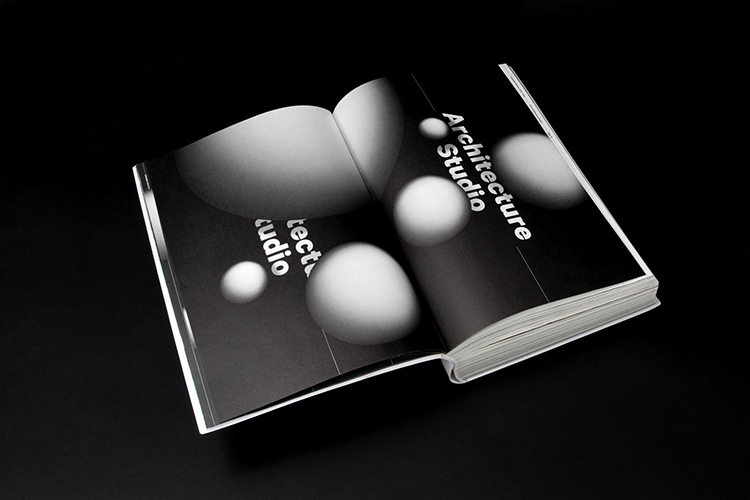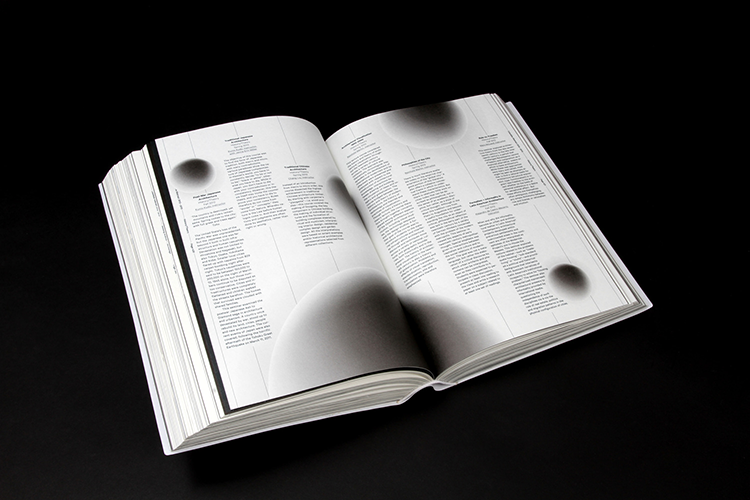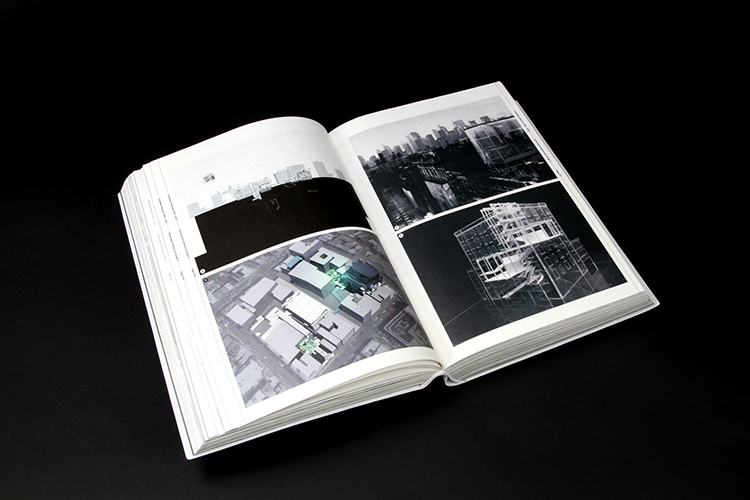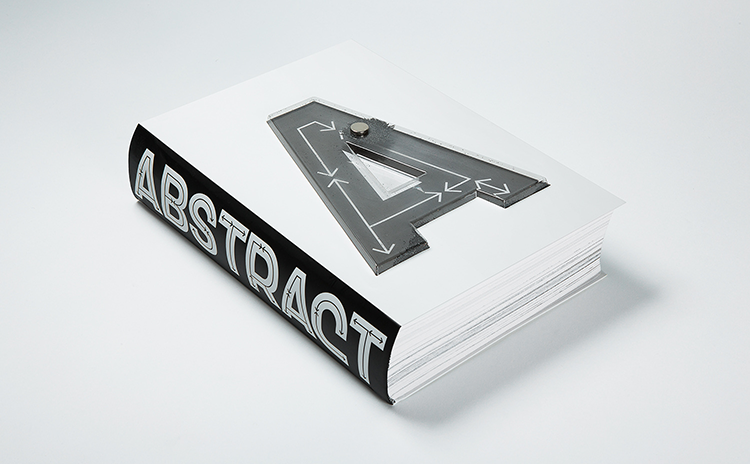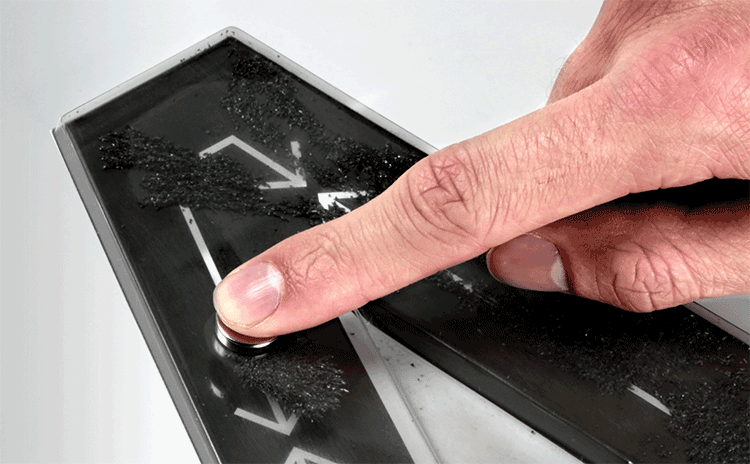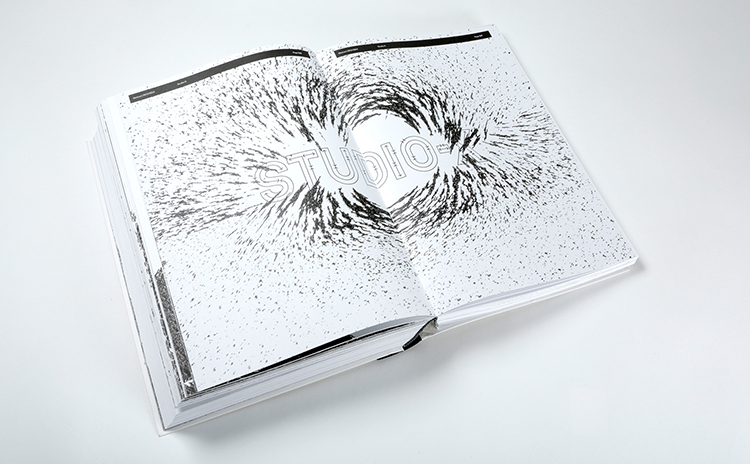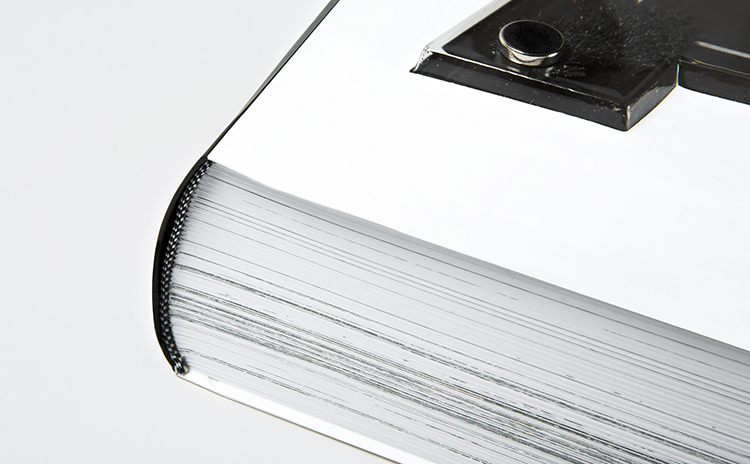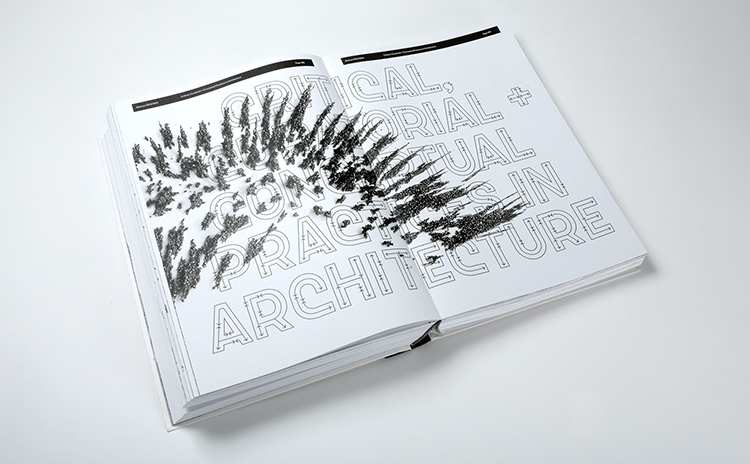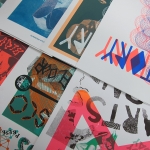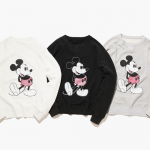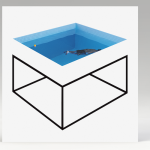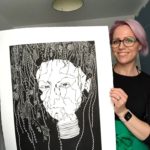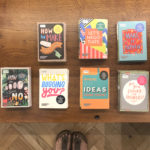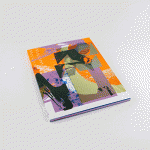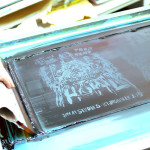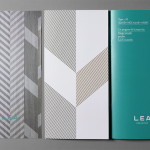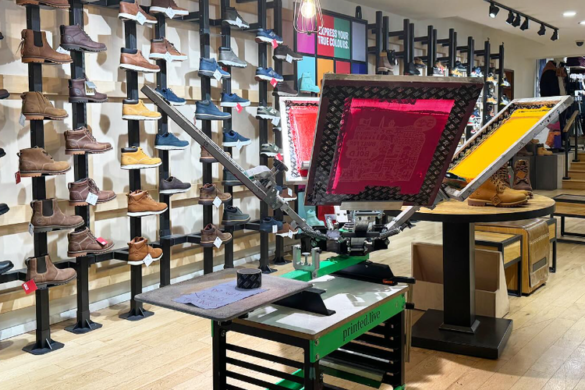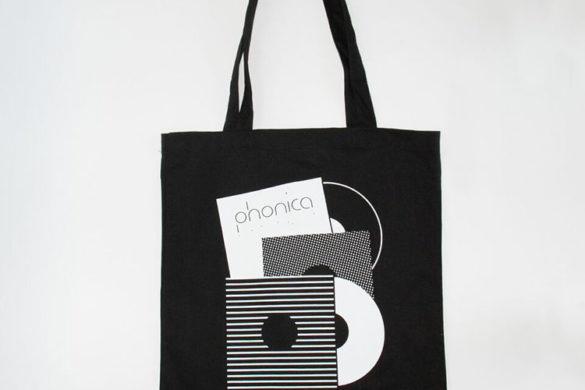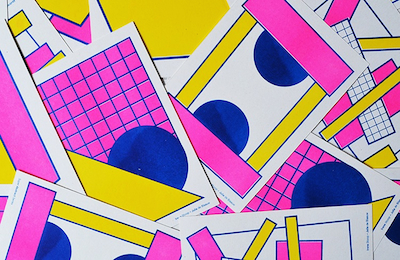We’ve been talking to New York based designer Wade Jeffree who has a strong penchant for extraordinarily produced publications. Jeffrees’ projects always interact with the audience by questioning the traditional form of the book. He let’s you travel through spaces and discover the mechanisms of magnetic attraction and repulsion while googly eyes keep staring at you from all angles.
You’ve designed quite a few pretty crazy looking books and publications.
Is that something that you are particularly interested in?
I guess being a print designer is something that you kind of always strive to be doing. And for me publications specifically give you a way to get more in depth with the content. You can really immerse yourself in what you are doing and especially within the Columbia Abstract (see pictures below) and things like that where it’s about young contemporary architects. It’s always exciting content as much as it is groundbreaking in some ways. I definitely like doing publications a lot more than other things within the field.
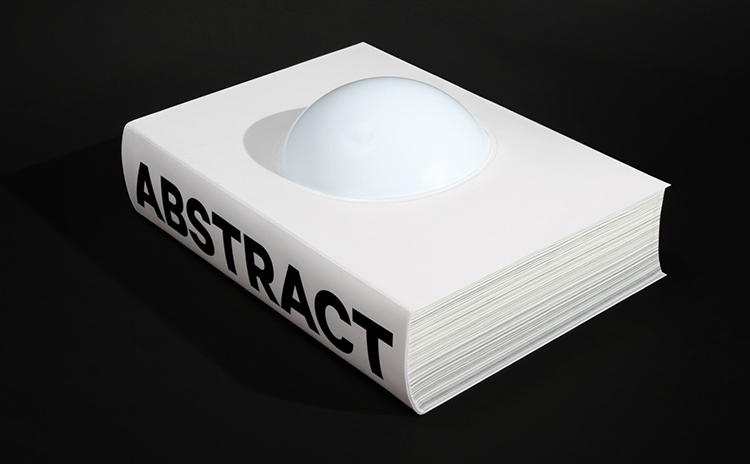
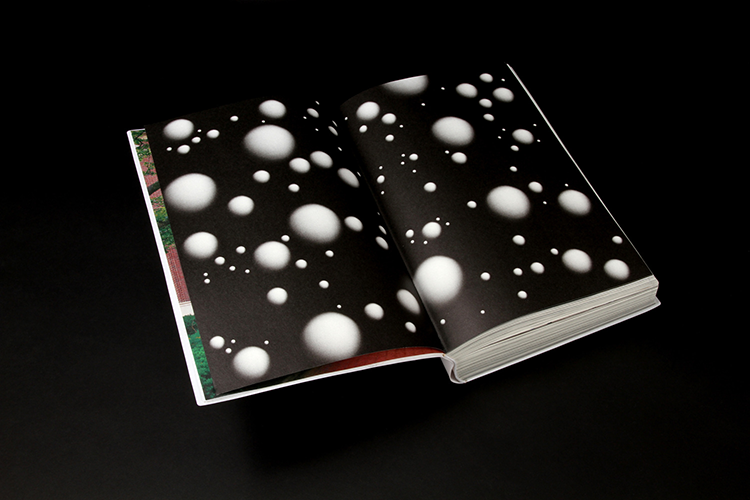
How did you come up with the concept for the book covers for both the Columbia Abstracts?
And did you test them beforehand?
Yes, for the first Columbia Abstract, the one with the dome on the front, the whole idea was about traveling through space and moving through objects. If you have a look at the first spread with the dots all over it, that page is actually a breakdown of all the chapters. If you would imagine a grid of the spreads on top of that you would see the exact breakdown as it occurs through the book. You are literally in the map that you travel through in the book. It looks random but it is actually completely organized. It’s all about the idea of traveling through a building and traveling through content in order to experience something. Because when you hold the book you have to hold the dome in hand and cup it. But also the book as object, questioning its form and understanding that it is essentially a block in a sculptural form at its purest state. And different things happen with the book when you are sort of interacting with it. Because when you are halfway through the Columbia Abstract and you leave it on the table the bubble or „boob“, as we call it, keeps it holding up and laying flat. So it becomes a shelf for the book as well.
But then with the magnet cover for the second Columbia Abstract it was all about the last year of the director of the course Mark Wigley. He finished his 10 year tenure and he introduced a specific form of the course that allowed students to travel through the course. They would come to New York and he’d send them out to other parts of the world to study architecture in real life and in different contexts. So we came up with the idea of using magnetism and repulsion as a metaphor to reflect that. And referencing it throughout the book through photography. We also referenced magnetic diagrams within the typography by using arrows within the typeface.
In the spread about the class called Studio X (the class that Mark Wigley introduced to the school) you can actually see that the magnets are repelling the metal shavings.
Also the book bands mimic that sort of magnetic glitchiness. It’s all in these little details.
Production-wise the magnetic cover was a bit trickier because it involved a lot of testing of different metal shavings and plastics. Some of them were yellowing and the paper it was set on also became dirty depending on what type of shavings we used. There is also a glossy layer on top of the A. Essentially there are five different layers on that cover even though it doesn’t look like it, otherwise it wouldn’t work.
Working with things like this you also have to consider the customs. You have to take down the number of items you are shipping and with each additional item it brings up the costs. So there was also the budget thing that we had to consider. So we hid the magnet under the counter of the A and attached it to the shavings so it wouldn’t fall out and we can ship it as one item instead of one book and one magnet.
With the previous Columbia Abstract the thing was that when it got shipped to the University they had to hire out space to hold it. It couldn’t stay at the university they had to hire out storage space, because the book can’t sit up vertically all the time. Essentially one book took up the space of three from the previous year.

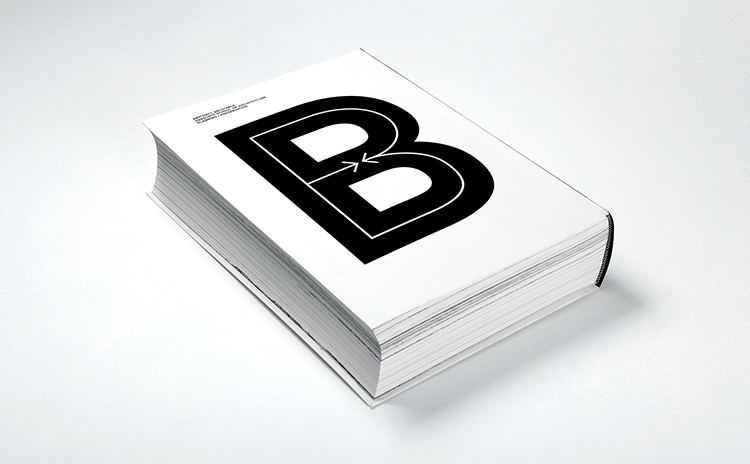
Can you tell me a little bit more about your most recent publication, the „Complements“ book, that you did together with your partner Leta Sobierajski?
It all started with us not having the ability to collaborate on anything because we were just so busy. And I guess it became a photographic essay into our relationship based upon couples’ photos. And now it has sort of taken it’s own world, which is crazy.
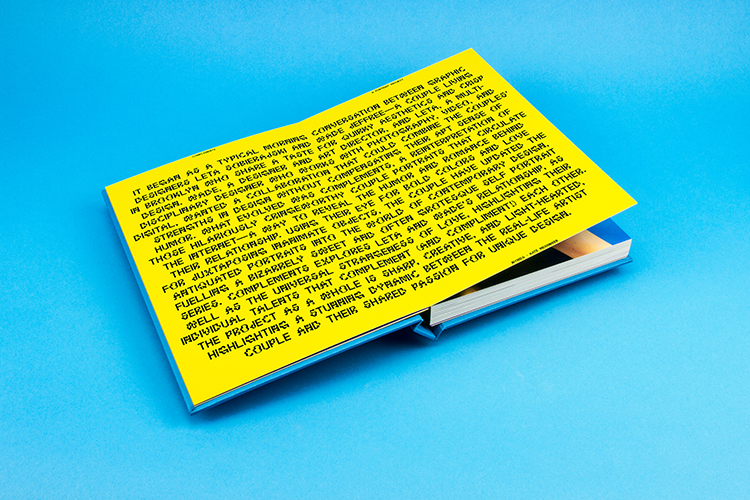
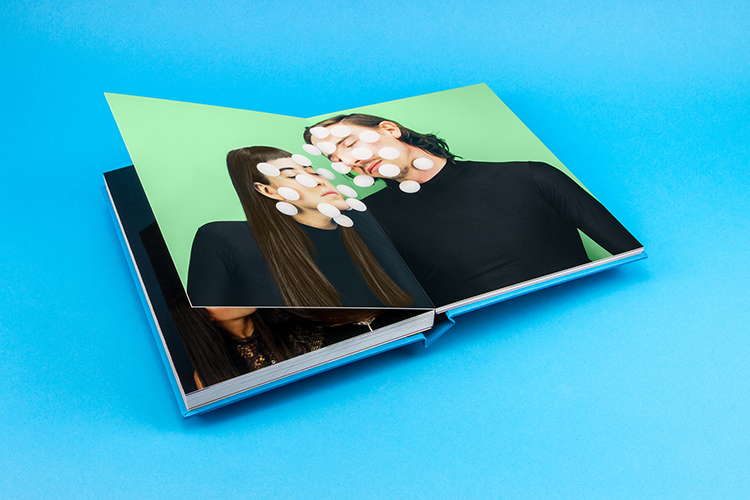
Did you publish it?
Well there is less than five. Because at that point we only had 25 shots. And we were just lucky enough that GF Smith wanted to sponsor us. It was one of those Make Books that GF Smith do. And now we just finished shot number 50 so I guess we will produce another one soon. Or we’ll wait until shot 100 and make one big one. People keep asking us where they can buy it and we have to keep saying that we aren’t selling them at the moment.
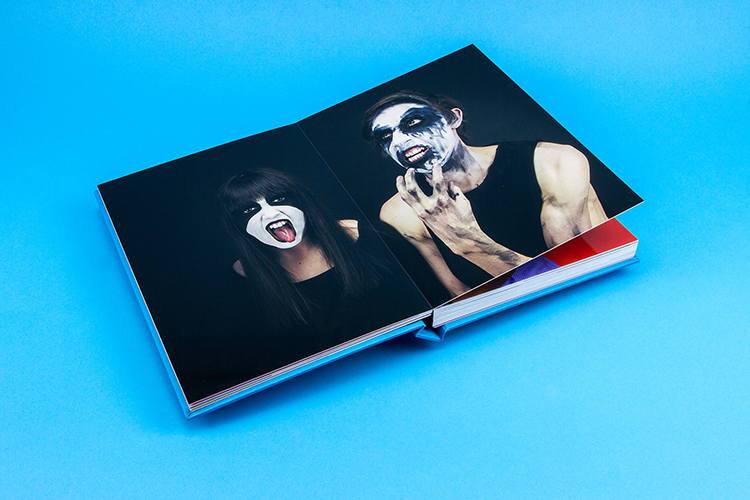

What I personally love the most are the googly eyes on the front cover.
That references to one of the shots we took where we have the googly eyes all over our faces and as you can imagine when you pick up the book the eyeballs keep moving around depending on how you are holding it. So again it’s one of those things where you allow the interactivity with the book. I mean I do love minimalism and everything along those lines but something that I really like to do is adding purposeful eclecticism, a secondary experience that makes it memorable. And how that implements into different forms of work to create experiences. From big projects to small projects. From books to identities.
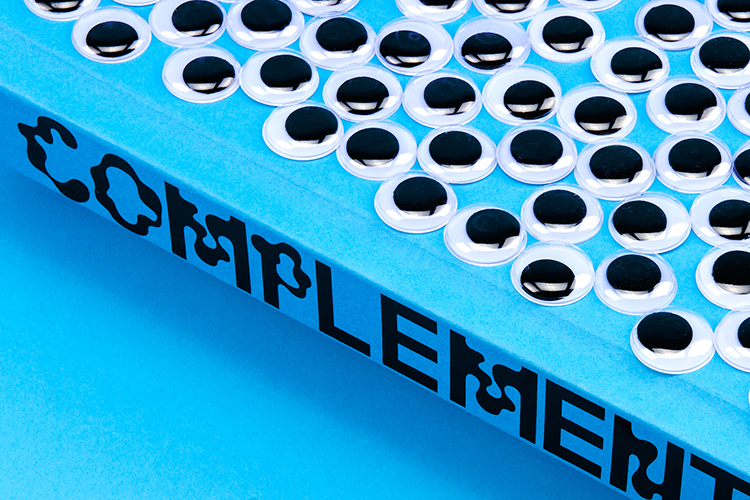
wadejeffree.com
complementsproject.tumblr.com
You might like...
- Happily Ever Paper - August 4, 2015
- Wade Jeffree | Interview - July 29, 2015
- The Paper Book by Arjowiggins - July 20, 2015

